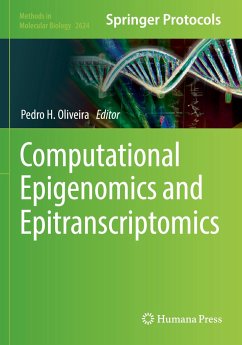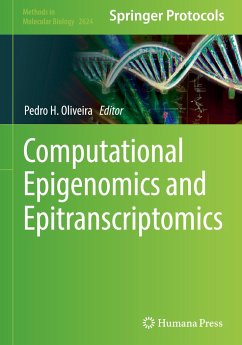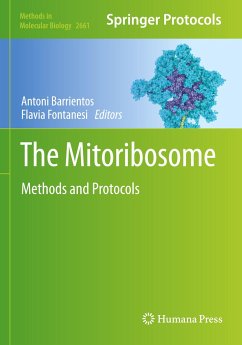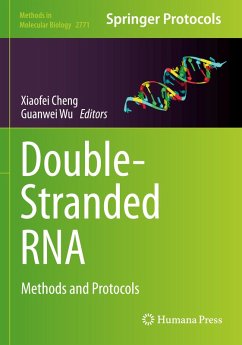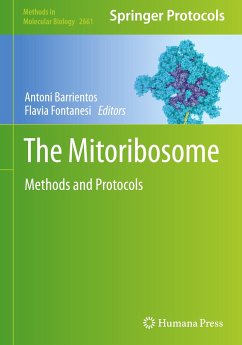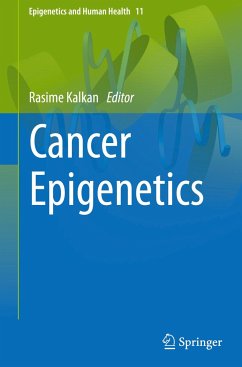
Epitranscriptomics
Versandkostenfrei!
Versandfertig in 6-10 Tagen
136,99 €
inkl. MwSt.

PAYBACK Punkte
68 °P sammeln!
This book reviews a novel and exciting field of cellular and molecular biology called epitranscriptomics, which focuses on changes in an organism's cells resulting from the posttranscriptional modification of cellular RNA. RNA-binding proteins (RBPs) play a crucial role in these posttranscriptional modifications and also support several cellular processes necessary for maintaining RNA homeostasis. Exploring the mechanisms underlying RNA modifications and RBP function is an emerging area of biomedical research, taking the study of gene regulation a step beyond epigenetics.This book reveals that...
This book reviews a novel and exciting field of cellular and molecular biology called epitranscriptomics, which focuses on changes in an organism's cells resulting from the posttranscriptional modification of cellular RNA. RNA-binding proteins (RBPs) play a crucial role in these posttranscriptional modifications and also support several cellular processes necessary for maintaining RNA homeostasis. Exploring the mechanisms underlying RNA modifications and RBP function is an emerging area of biomedical research, taking the study of gene regulation a step beyond epigenetics.
This book reveals that the RNA molecule is not just an information-carrying molecule with some secondary structures. Accordingly, how RNA is modified, regulated, packaged, and controlled is an important aspect. Leading experts address questions such as where the over 170 distinct posttranscriptional RNA modifications are located on the genome, what percentage of mRNAs and noncoding RNAs these modifications include, and how an RNA modification impacts a person's biology. In closing, the book reviews the role of RNA modifications and RBPs in a variety of diseases and their pathogenesis.
Addressing some of the most exciting challenges in epitranscriptomics, this book provides a valuable and engaging resource for researchers in academia and industry studying the phenomena of RNA modification.
This book reveals that the RNA molecule is not just an information-carrying molecule with some secondary structures. Accordingly, how RNA is modified, regulated, packaged, and controlled is an important aspect. Leading experts address questions such as where the over 170 distinct posttranscriptional RNA modifications are located on the genome, what percentage of mRNAs and noncoding RNAs these modifications include, and how an RNA modification impacts a person's biology. In closing, the book reviews the role of RNA modifications and RBPs in a variety of diseases and their pathogenesis.
Addressing some of the most exciting challenges in epitranscriptomics, this book provides a valuable and engaging resource for researchers in academia and industry studying the phenomena of RNA modification.






